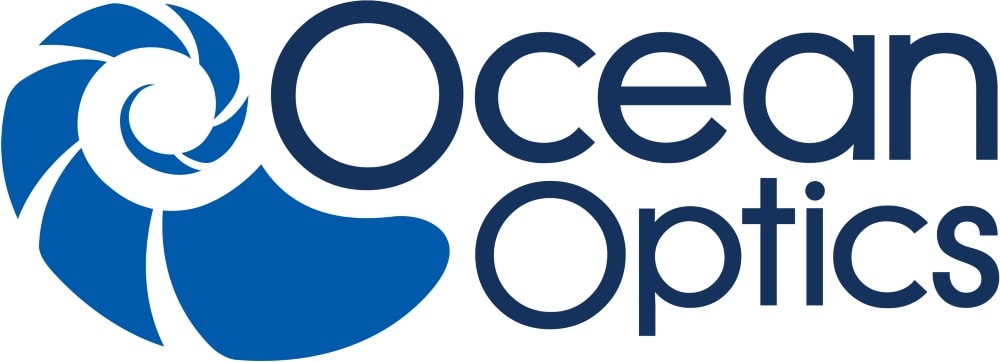It is well known that heavy metals are found naturally in the environment in rocks, soil and water, and therefore exist in the manufacture of pigments and other raw materials in all industries including the cosmetics industry. Some of these metals have been used as cosmetic ingredients in the past. In some cases, measures have been implemented to reduce the amount of heavy metals to which users are exposed, including prohibiting their use in cosmetics. Lead, arsenic, cadmium, mercury, antimony and chromium are the main heavy metal ingredients prohibited in cosmetics in most countries. Cosmetic manufacturers have the responsibility to ensure their products do not contain any of these metals.
Metal determination in samples is often done by ICP or ICPMS and it requires the samples to be in dissolved form. Commonly, acid digestions are the method of choice but seeing as many samples contain an important amount of silica, alumina and magnesium, some aggressive acids, such as HF must be used to obtain full dissolution. Furthermore, the quickest microwave methods can take up to 3 hours.
Knowing the risks associated with the use of HF, many laboratories look for alternative methods for obtaining full dissolution of their samples while optimizing the uptime and productivity.
The proposed methods describe alternative ways to determine the concentration of elements of interest as well as confirm the absence of heavy metals contained in cosmetics using borate fusions and peroxide fusions for ICP-OES determination.





